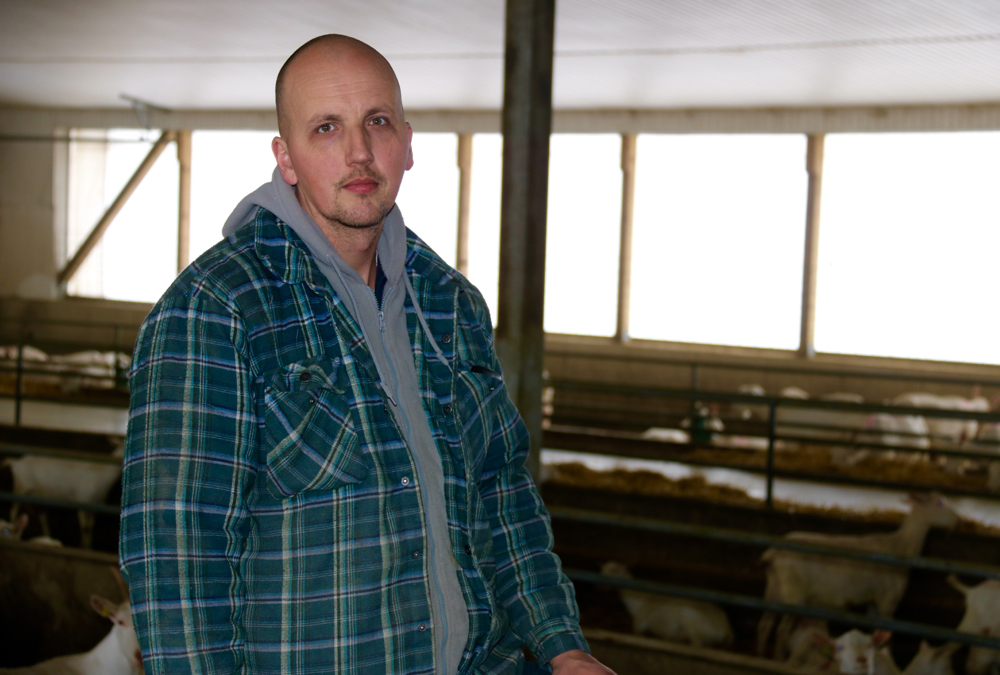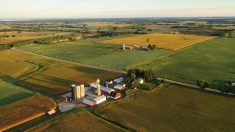For the second year in a row, Oxford County is poised to scale back its farm tax ratio – something other rural Ontario municipalities have not done, despite pressure from agricultural lobby organizations.
Why it matters: Farmers have seen double digit increases in their tax bills due to the most recent round of MPAC evaluations, much higher than residential tax increases.
Provincial legislation dictates farmland is taxed, for the municipal portion, at one-quarter the rate applied to the average residential property. Municipal governments, however, have the authority to decrease the ratio even further. All property taxes stem from value determinations by the Municipal Property Assessment Corporation (MPAC).
Read Also

Ontario’s agri-food sector sets sights on future with Agri-Food 2050 initiative
The first-ever Agri Food 2050, a one-day industry event dedicated to envisioning the future of food and farming in Ontario,…
Farm organizations have expressed concerns over the past few years about steady increases in these estimates.
“Some farmers are seeing annual increases between 12 and 15 per cent in their property tax bills . . . and that’s because the assessment of farmland, relative to residential, is way out of whack,” said Ontario Federation of Agriculture (OFA) policy analyst Ben Le Fort in 2019, as he urged Middlesex county council to drop its farm ratio below one-quarter.
Middlesex council declined the request in 2019. The recommendation before councillors for 2020 is to stay the course – although, in turning down the request a year ago, then-Warden Kurtis Smith clarified that “we are not saying no,” for the long-term, and that county staff would consider a long-term plan.
“We just need to find the right solution and, right now, county council does not believe (reducing the farm ratio is) the right solution.”
In neighbouring Oxford, meanwhile, calls from OFA and others clearly resounded. Although an initial decision to decrease the ratio for the 2018 tax year was reversed a few weeks later, a similar decision a year later – unfolding, once again, over multiple meetings – survived. As a result, the ratio on farmland for 2019 dropped to $0.235 for each $1 on the average residential property.
There was also a decision to not look only to municipal staff to guide decisions in the coming years, but to create an ad hoc committee dedicated to getting the ratio right.
In 2020, farm landowners in Oxford are a step away from a further decrease in the ratio – to 0.2177. In early April, county council sent a recommendation to that effect from that ad hoc committee; councillors will address the issue again in early May as they’re presented with the final 2020 taxation proposal for all property classifications.
Thanks to the MPAC process, it will still mean municipal taxes paid by farmers in Oxford will increase from a total of $4.87 million in 2019 to $5.15 million in 2020. But if the ratio remains at its 2019 level, that total would be more than $300,000 more.
David Mayberry, Mayor of South West Oxford, is co-chair (along with Tillsonburg Mayor Stephen Molnar) of the four-member ad hoc committee. In an interview, he spoke with pride about the degree of input – from lower-tier financial staff, as well as organizations representing farm groups and owners of other property classifications – gathered by the committee.
“There was a recognition,” Mayberry said of the committee’s formation, “that we needed to take a more holistic look at this.”
Dirk Boogerd, president of the Oxford Federation of Agriculture, shares the enthusiasm for the work of the ad hoc committee. Speaking to Farmtario, the Embro-area dairy goat farmer says there are two reasons for the OCFA’s success – two years running – in securing a decreased tax ratio.
One factor is strong communication with municipal politicians as well as the wider community. Boogerd acknowledges the county’s “hands are tied” in raising tax ratios above the provincially prescribed levels for commercial and industrial properties. The burden of offsetting any farmland changes, therefore, falls on residential.
So OCFA reached out to non-farming neighbours to “tell our story” as it relates to tax ratios. “It can be a bit of an educational effort,” but when non-farmers learn farmers still pay residential rates for their farmstead properties, and that the fields upon which they rely for their incomes are largely devoid of any municipal services, the message often becomes easier to deliver.
Equally as important have been the efforts of the county’s municipal politicians. Boogerd says farm groups in other jurisdictions have worked just as hard to lobby their governments, but often to no avail. In Oxford, though, “we have some really good urban and rural mayors who now have a very good understanding of tax ratios, and who are able to take that message back to the people in their (lower-tier) townships.” Much credit for that, he says, should go to the ad hoc committee.
MPAC has postponed a planned update of its property assessments in 2020, meaning rates set next year for 2021 will be based on the existing 2016 values.






![Pictured from left to right: Zone 6 Director Crispin Colvin, Zone 14 Director Vanessa Renaud, Zone 9 Director Mark Reusser, Mary Brander, Bobby Robinson, Kyla Lewis, and Alaina MacDonald at the OFA annual general meeting in Toronto on Nov. 26, 2024. [Not pictured: Kaylee Wells].](https://static.farmtario.com/wp-content/uploads/2024/11/26215233/7937BC92-CFBB-47F5-A147-920943E02059-235x132.jpeg)








